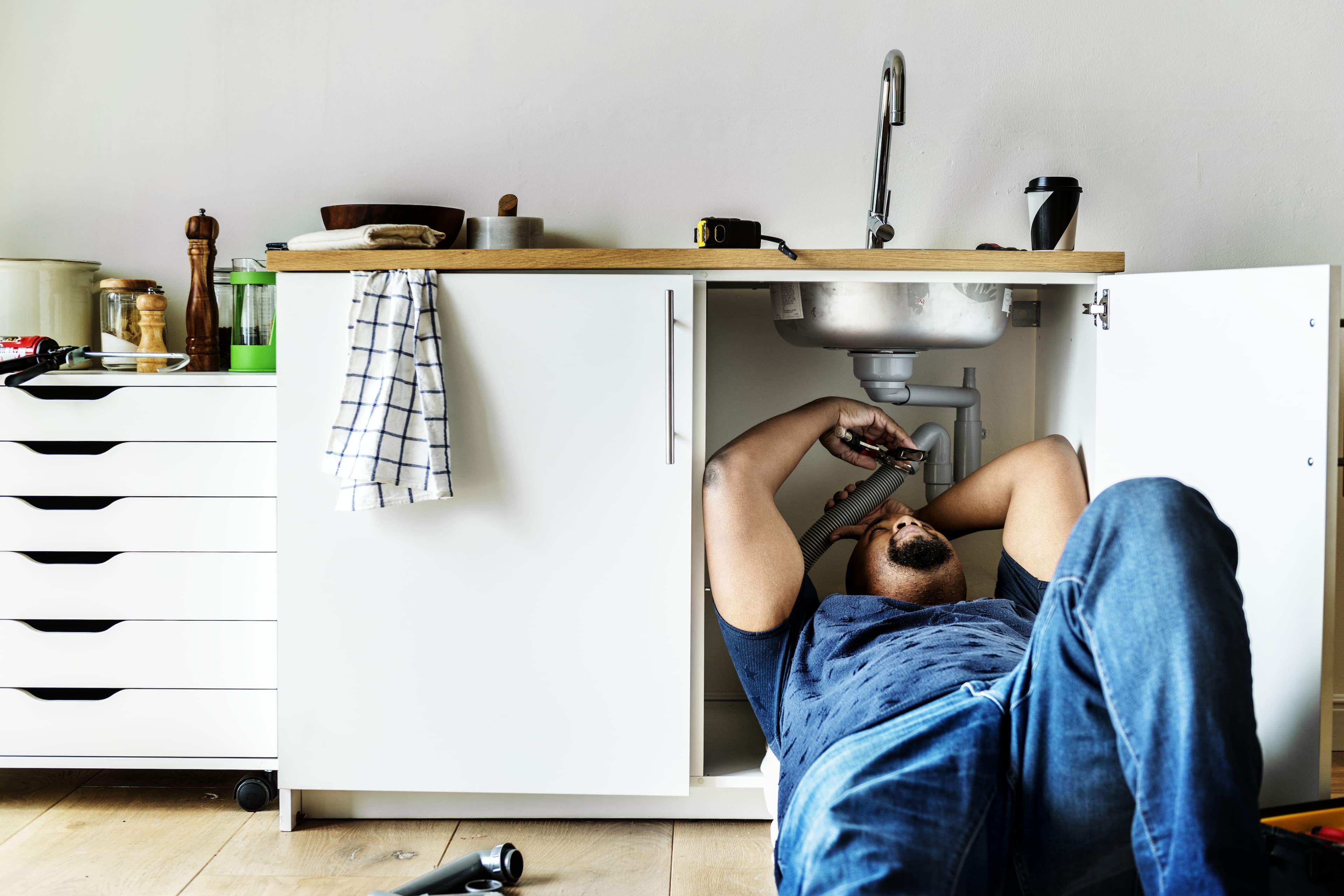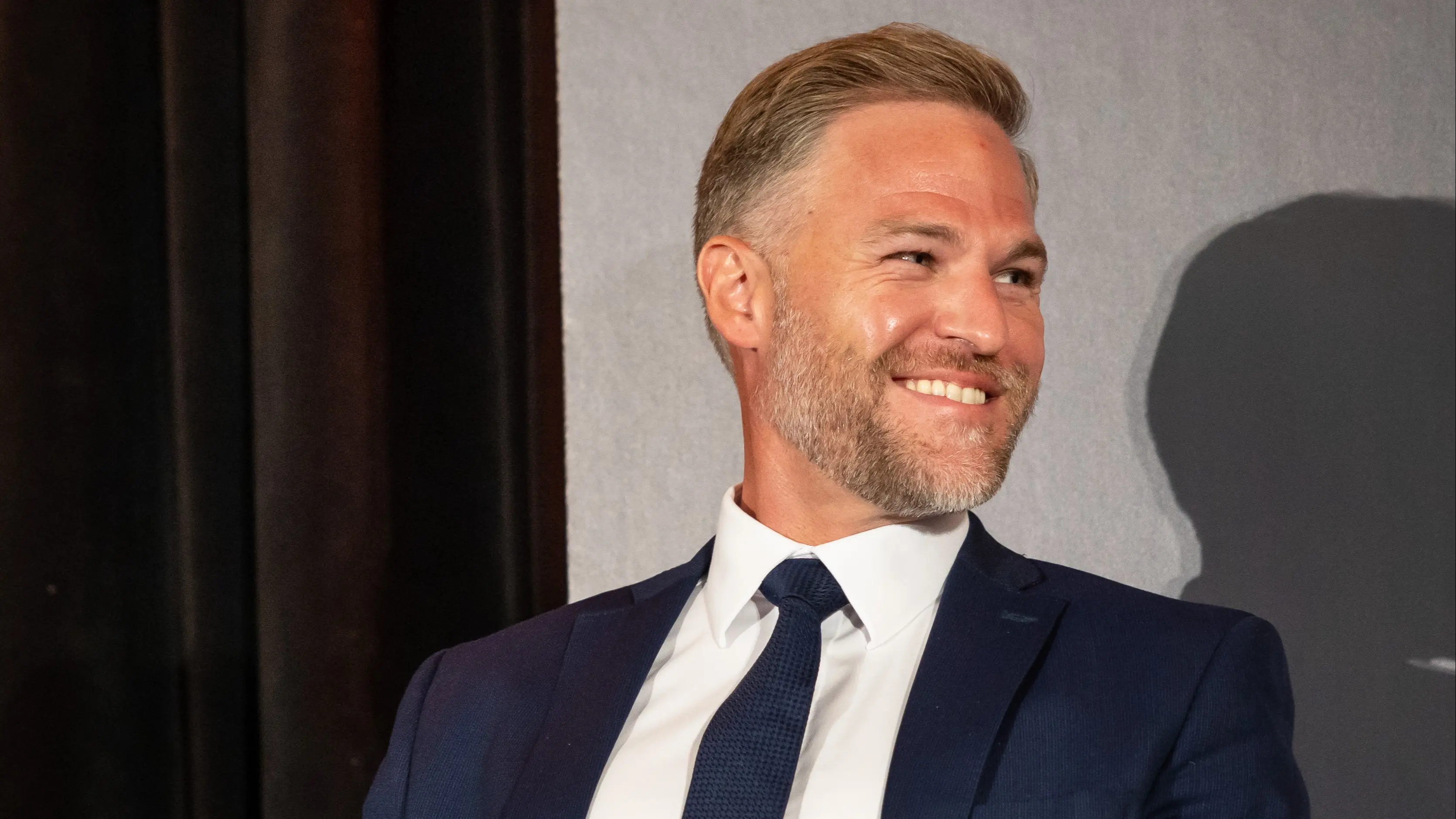How to Save for a Down Payment on a Home in Canada

Thinking of buying a home, but don’t know where to start? Here are the steps you can take as a first time home buyer to save for your down payment!
Saving to buy a home for the first time can be daunting at a glance, especially, if you’re new to the real estate market. There are various unknowns, and putting aside thousands of dollars for a down payment might seem unattainable, but it is possible!
In this article we’ll go through a step-by-step guide on how to start saving for a house.
How to Set Your Savings Goals
Everyone dreams of buying a home, but without setting a clear end goal, achieving your dreams can become a rarity. Clear targets will allow you to remain intent on holding yourself accountable.
You’ve probably already established your intended end goal, but don’t quite know how to achieve it. Well, after you’ve established it, it’s imperative that you set smaller benchmarks!
Below there are some steps to assist you in reaching these targets, so that you can celebrate your little victories throughout the journey.
Need Home Insurance?
1. What are you looking for in a home?
Determining what the intended use for the home you’re buying will help you adjust your objectives. It’s important to ask yourself the following as it will heavily impact the purchase price of the house and subsequently your interim targets:
Style: Will the home be detached, semi-detached, or a townhome?
Decor: What finishes, fixtures, and features would the home ideally have?
Use: Will it be an investment property to be renovated or rented?
Related: When should I start to search for home insurance when buying a house
2. Have you done your research?
It’s a good idea for you to conduct research to determine the average home prices in the area you’re interested in. While completing this research, it’s important to take into consideration the features you’d like, property taxes, and closing costs since this will help you gauge how much to save.
From there, you’ll be able to calculate a precise overall dollar amount of how much money you’ll need to set aside.
3. How much money should you put aside for a down payment?
You’ve likely heard of the 20% rule when it comes to purchasing a home, but is it enough? Yes! In fact, you can make a smaller down payment of 10-to-15%. However, there are good reasons as to why 20% of the purchase price is standard for a down payment.
If you plan on using a smaller sum of money like a 10% or 15% down payment, while you may save time, you should take the following into account:
Higher mortgage payments
Potential for high interest rates
Loans by private investors as opposed to a bank
Private mortgage insurance is necessary
Whereas, with the unofficial 20% rule, you can anticipate the following:
Lower monthly mortgage payments
Potentially lower interest rates
Sellers often favour buyers with higher down payments
After taking some thought, make a decision about the percentage of the purchase price you are willing to save for. You will then need to calculate that percentage and divide it by how many months you intend to save. This will become your monthly target.
How to Save Money
Beyond dedicating yourself to a goal and creating a strict budget, there are additional steps you can take to save. These may seem relatively small, yet every action taken makes a significant contribution and will help you inch closer to your goals!
1. Check your credit and debt
It likely comes as no surprise that you are more likely to qualify for a mortgage if you have a good credit score. In other words, bad credit could mean you’re required to have a higher down payment and save for longer for your house. The reason for this is that lenders usually examine your debt-to-income ratio when you are being considered for a mortgage.
So, before you begin saving, you must ensure you have a good credit history. If you haven’t established a credit history yet, get started by using your credit card for regular small purchases.
If you already have a credit history, try to clear as much credit card debt as possible. However, if you have more extensive debt, such as student loans, you’ll want to begin with your smallest high interest debt and work your way up the list.
2. Set up savings accounts
When saving for a house, there are three types of bank accounts you should consider opening:
Savings account
Tax free savings account (TFSA)
Registered retirement savings plan (RRSP)
With a savings account, you can automate payments where your bank withdraws an authorized amount from your primary bank account and transfers it into your savings. A TFSA will allow your savings to grow without paying income taxes. Lastly, in Canada, you can use $35,000 from your RRSP for a down payment under a home buyer’s plan.
3. Cut down on unnecessary expenses
It’s very easy to justify repetitive, unnecessary spending or impulse buys, however, these purchases can quickly add up and get in the way of your saving goals. While making a budget, try to limit yourself to necessities and take a hiatus on some luxuries.
Below is a list of ways you can cut down on your spending:
Cancel streaming subscriptions
Learn a new recipe and skip on eating out
Move in with family if possible
Sign a lease on a smaller apartment
Walk or use public transportation to save on gas
Skip vacation and explore areas near you
Swap brand name items for generic labels
All of these minimal adjustments, among others, will help you achieve your goals quickly.
4. Find a side hustle
A great way to have money to set aside is to find a way to make an additional or passive income. Some ways you can make extra money to put towards a house are:
Rent out your spare bedroom
Start freelancing if you have a skill
Look into high-yield, low-risk investments
Pick up work from ride-sharing and delivery services
In addition to these options, you should also consider asking for a raise or looking at available jobs near you to see if you could earn a higher wage.
Protect Your Investment with Insurance
Saving to buy a home takes a lot of effort, and it is easy for unforeseen circumstances to derail your plans. A great way to protect your assets while saving is to have tenant’s insurance.
Once you have your dream home, it’s important to protect your investment with home insurance as well! APOLLO offers coverage that can prevent your hard work from going to waste if anything were to happen.
Related: When to get home insurance?
APOLLO Has You Covered
Get the protection you need in minutes with custom Home Insurance from APOLLO.
Originally published July 28, 2022, updated August 25, 2023
Back to APOLLO MagazineTenant Insurance Starting at $13/month
The only tenant insurance with a Best Price Guarantee. Already have a policy or quote? We’ll beat the price. Guaranteed. Terms apply.
4.6 rating
Tenant Insurance Starting at $13/month
The only tenant insurance with a Best Price Guarantee. Already have a policy or quote? We’ll beat the price. Guaranteed. Terms apply.
4.6 rating
Relevant articles
Getting insured is as easy as 1 - 2 - 3

Tell us (very little) about yourself
Just tell us your address, your name, email and phone number. And that's it. We'll give you a price in less than a minute.

Pay online easily and securely
You can choose to pay monthly or save money by paying for the entire year in one easy payment.

Get your documents in your inbox - instantly
As soon as you complete your purchase, you'll find your proof of insurance and policy documents waiting for you in your inbox.
Get covered today - it couldn’t be easier
We’ve provided more than 1,000,000 quotes to Canadians just like you. Give it a try!



